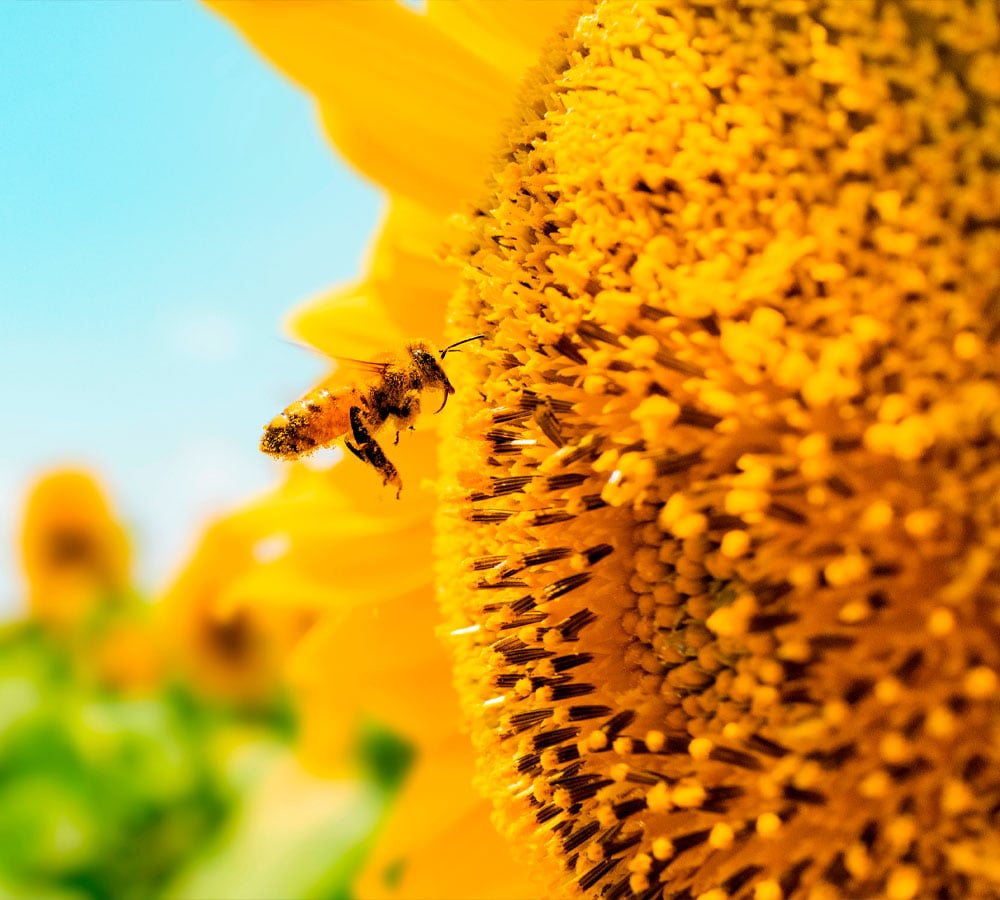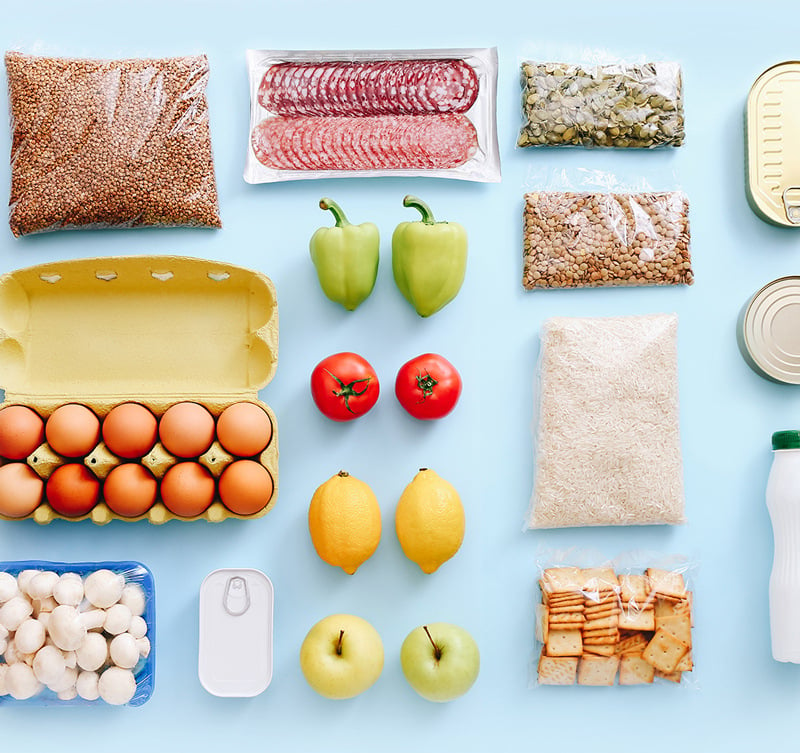In an economy where sustainability is becoming increasingly important, the management of various waste streams plays an increasing role. One of the most discussed waste streams in the business sector is swill waste. But what exactly is swill waste? And why is it so important to separate and dispose of it properly? In this article, we dive deeper and tell you everything you need to know about swill waste.
What is swill?
Swill waste consists of food scraps left over after meals and food production. This includes both vegetable and animal remains. These include fruit and vegetable scraps, bread, meat, fish and dairy products. Swill makes up a significant proportion of organic waste and is common in food producers, the hospitality industry, catering, and business, for example in company canteens.
What does belong in swill?
It is important to know exactly what does belong in swill waste. For efficient disposal, only the following items should end up in swill containers:
- Fruit and vegetable scraps
- Potato peels and other peelings
- Bread and bakery products
- Meat and fish scraps, including bones and bones
- Dairy products such as cheese
- Coffee grounds and tea leaves
What doesn't belong in swill?
Not everything should go in the swill container to avoid contamination. Here are some examples of what doesn't belong in it:
- Garden waste
- Plastic packaging
- Paper and cardboard (note that this is allowed back in the organic waste stream for a worm hotel)
- Glass and metals
- Chemical waste and cleaning products
- Non-biodegradable products
- Food packaging
Swill vs. kitchen and garden waste
Swill and GFT (vegetable, fruit and garden waste) are often confused, but there are clear differences. GFT covers a wider range of organic waste, including garden scraps such as leaves, trimmings and grass. Swill focuses exclusively on food waste. As a result, swill requires specific collection and processing.
Why proper separation of swill waste is important
At Milgro, we find that swill waste is a major waste stream with many of our customers. Proper separation of swill waste is essential. This ensures that the waste streams can be processed optimally. Swill streams have a lot of potential and can be processed in different ways.
Advantages of proper separation and processing
A properly separated swill stream provides several benefits:
- Reduction of residual waste
- Cost savings on waste processing
- Contribution to sustainability and environmental protection
- Production of biogas or compost
Milgro's commitment to optimal swill processing
At Milgro, we are committed to processing every swill stream at the highest quality possible. We work according to Moerman's ladder, which helps us maximize the reuse of raw materials. Our goal is to extract as much value as possible from swill waste and contribute to a circular economy.
Handy guide for waste separation
To make separating waste streams even easier, we have created a handy guide. This guide contains instructions and tips for separating each stream. You can download this guide for free and use it as a reference for your business.
Your partner in sustainable waste management
At Milgro, we believe in a sustainable future with efficient waste management. Swill waste is an important component of this vision. By working together and separating properly, we contribute to a cleaner and more sustainable world.
Stay informed
Stay up to date on all new developments? Follow us on LinkedIn and Instagram or subscribe to our newsletter. Are you curious about what Milgro can do for your operations and waste process? Contact us.












